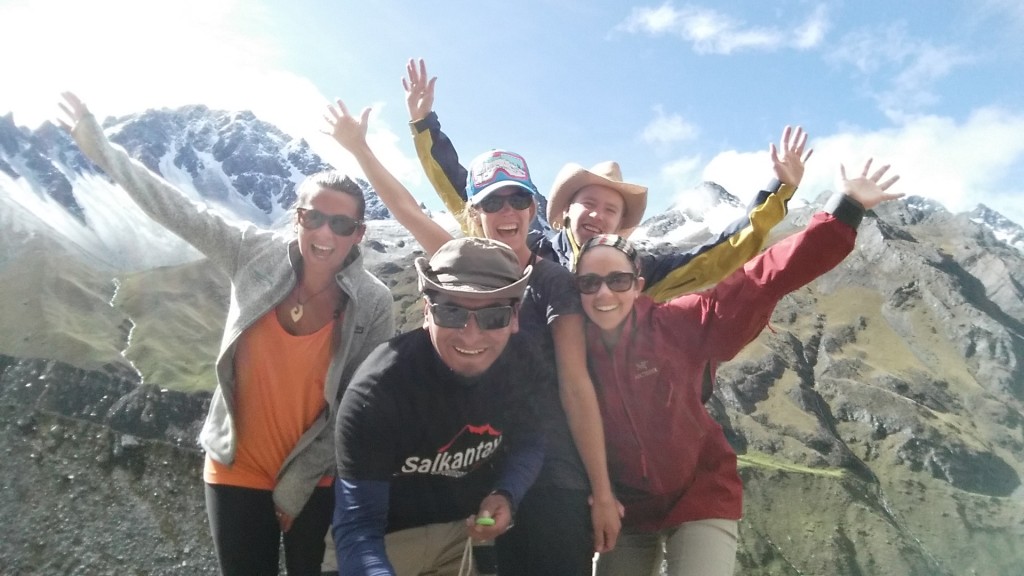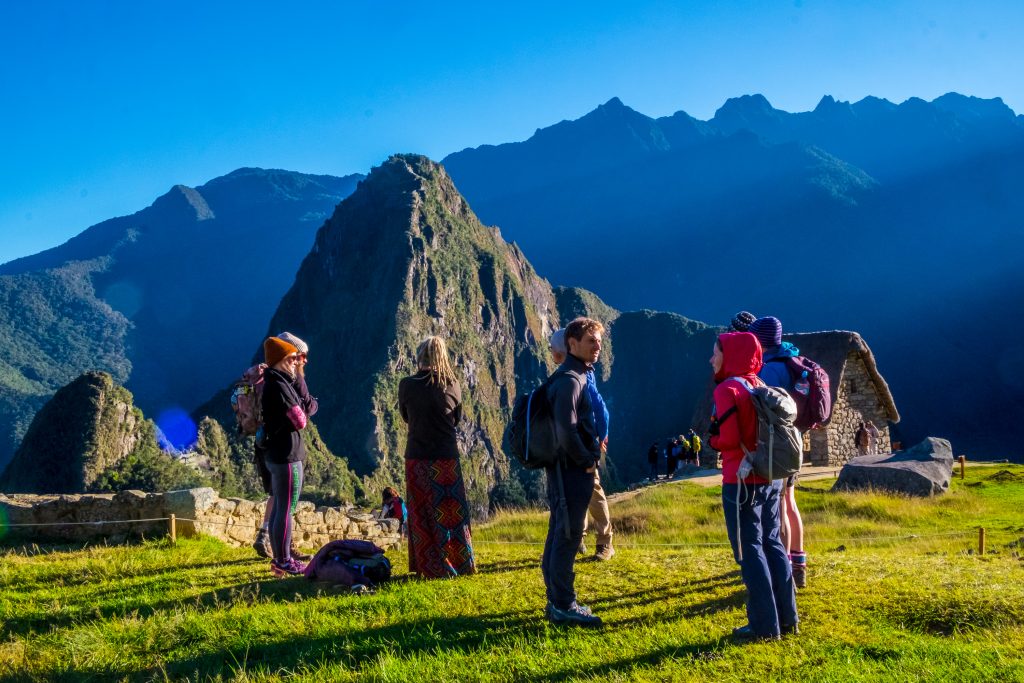The Inca Trail
is undeniably one of the best treks in the world. It has it all: scenery,
history, and convenience. However, the popularity of Inca Trail tours may be
getting the best of this historic trail. Hundreds of trekkers hike the classic
4-day Inca trail portion every day, which has prompted the Peruvian government
to regulate the number of people allowed on the trail. Tickets to hike the Inca
Trail sell out months in advance, and if you plan on traveling to Peru during
peak season, such as in July, you may find yourself without an entrance ticket.
If you want to
hike the Inca
Trail tour in Peru but find out
that all the spots are sold out, don't fret! Peru has numerous spectacular
treks, many of them concluding at Machu Picchu itself, and all following
different parts of the Inca Trail, which actually extends all the way from
Ecuador to Chile. Here are some other great treks to consider during a South America
tour to Peru.
Salkantay Trek.
The Salkantay trek is one of the more difficult treks in the Cuzco region. The
trek typical lasts 5 days and concludes with a tour of Machu Picchu. The first
day you're driven from Cuzco to Markocasa and then you hike to Soraypampa,
which is 12,631 feet above sea level. The second day you'll tackle a three-hour
ascent, passing 15,750 feet above sea level, a real accomplishment! On the
third day you'll pass through several agricultural areas, such as orchards. On
the fourth day you'll hike to the Hydro-Electric station and then take the
train to the town of Machu Picchu Pueblo. Your final day will include your tour
of Machu Picchu.
Lars Trek. This Inca
trail trek is truly a cultural experience, taking you through local
villages, most of which are extremely rural and traditional. This four-day trek
starts with transportation from Cuzco to the Sacred Valley village of Lars.
You'll have time to relax in the local hot springs before a leisurely walk to
your evening campsite. The second day includes the highest altitude you'll
experience during this hike, reaching 14,600 feet at the Pachacutec Pass. On
the third day you hike to the lovely town of Ollantaytambo where you'll catch a
train to Machu Picchu Pueblo. On the fourth day you'll have your tour of the
Incan citadel.
Choquequirao
Trek. This lovely four-day trek takes you pass some massive peaks and through
beautiful landscapes. Hiking on the first day starts at San Pedro Cachora and
concludes at Chiquisca. Day two takes you through a canyon. Day three is the
peak day because you get to explore the massive ruins of Choquequirao, your
main destination. On the fourth day you hike back towards Cuzco, passing
through plantations and orchards. Unlike the other mentioned treks, this hike
does not take you to Machu Picchu. However, the ruins at Choquequirao, which
you see on the third day of this trek, are impressive in their own right.












